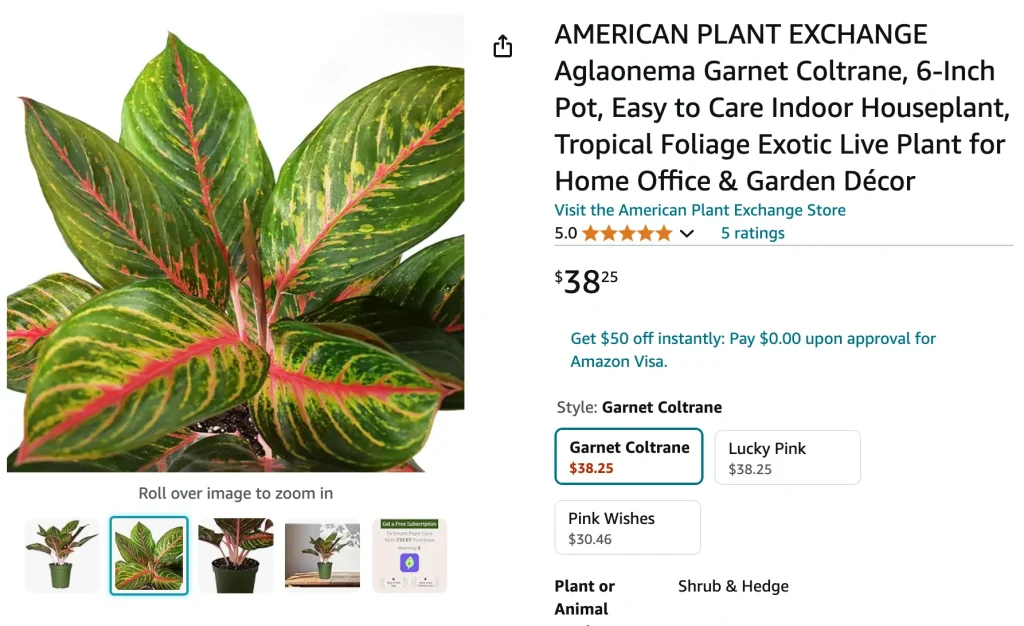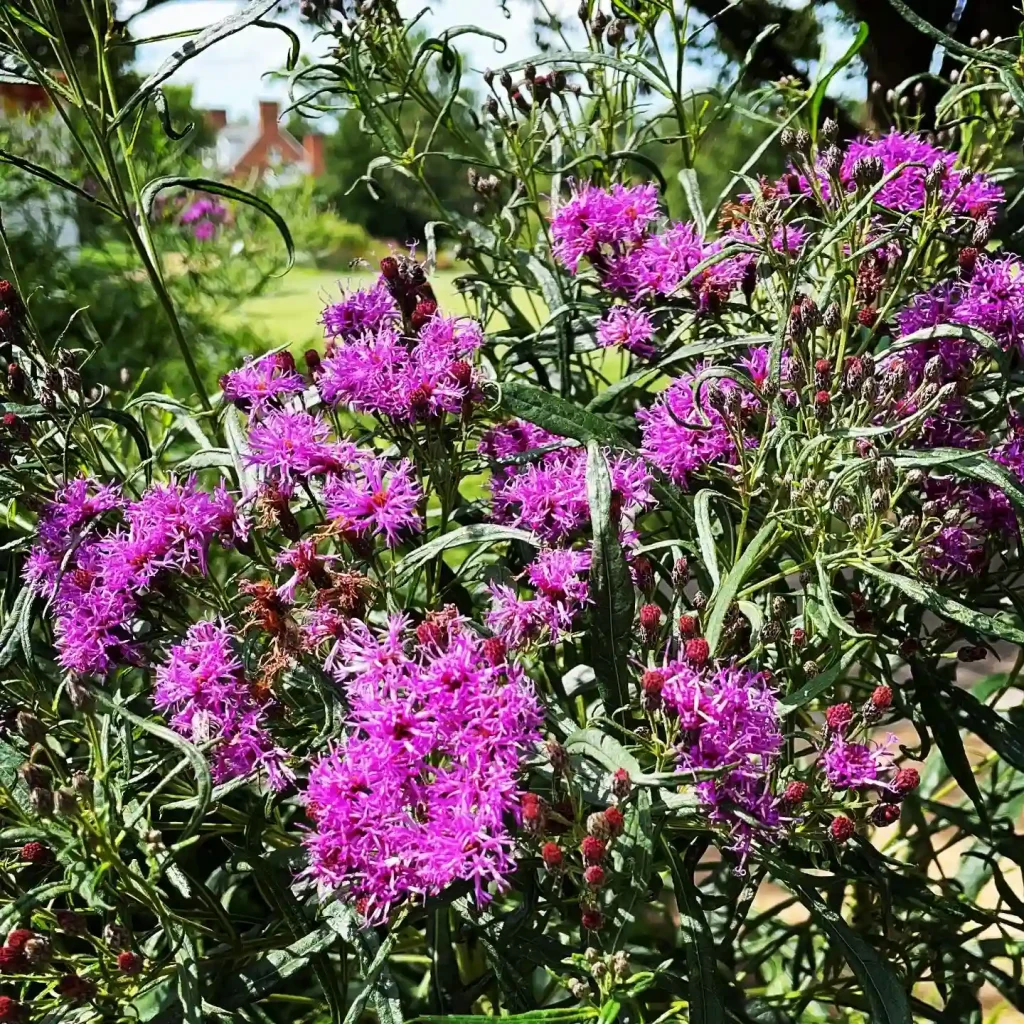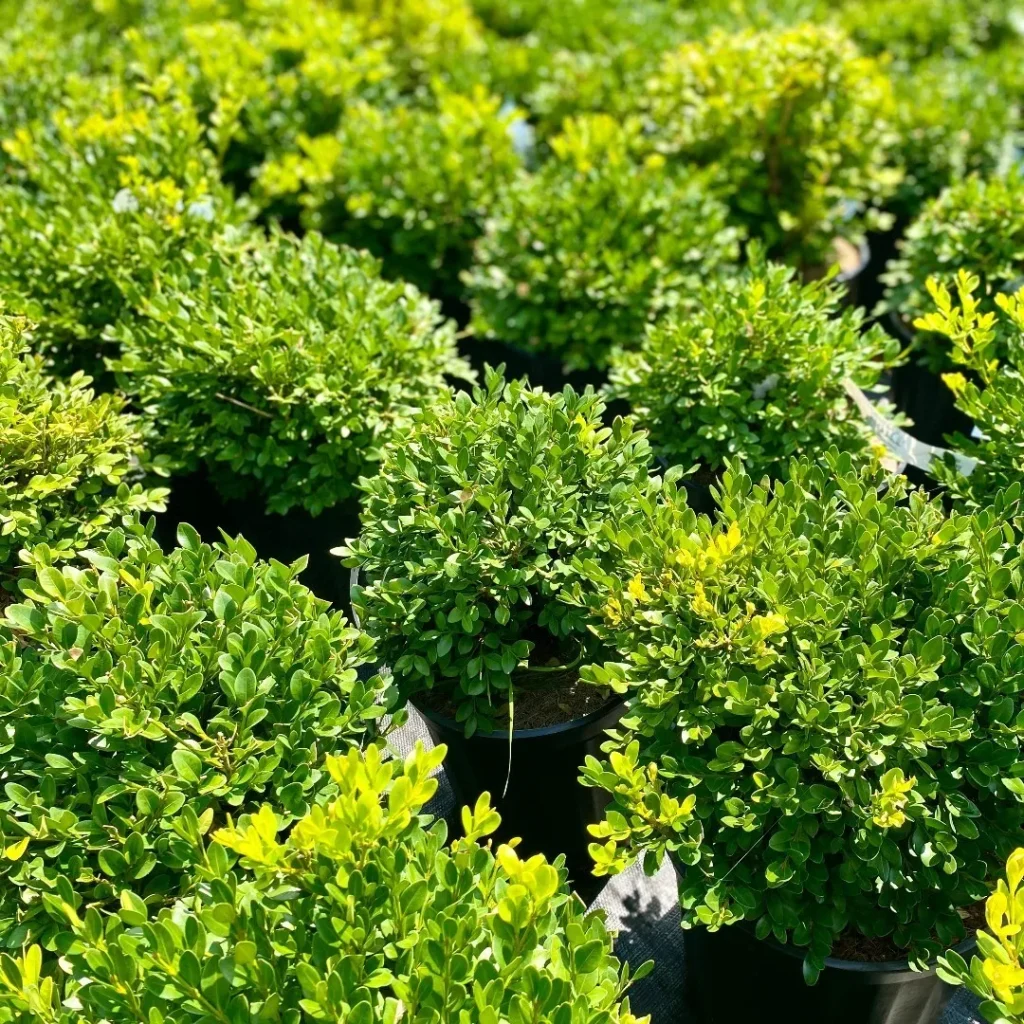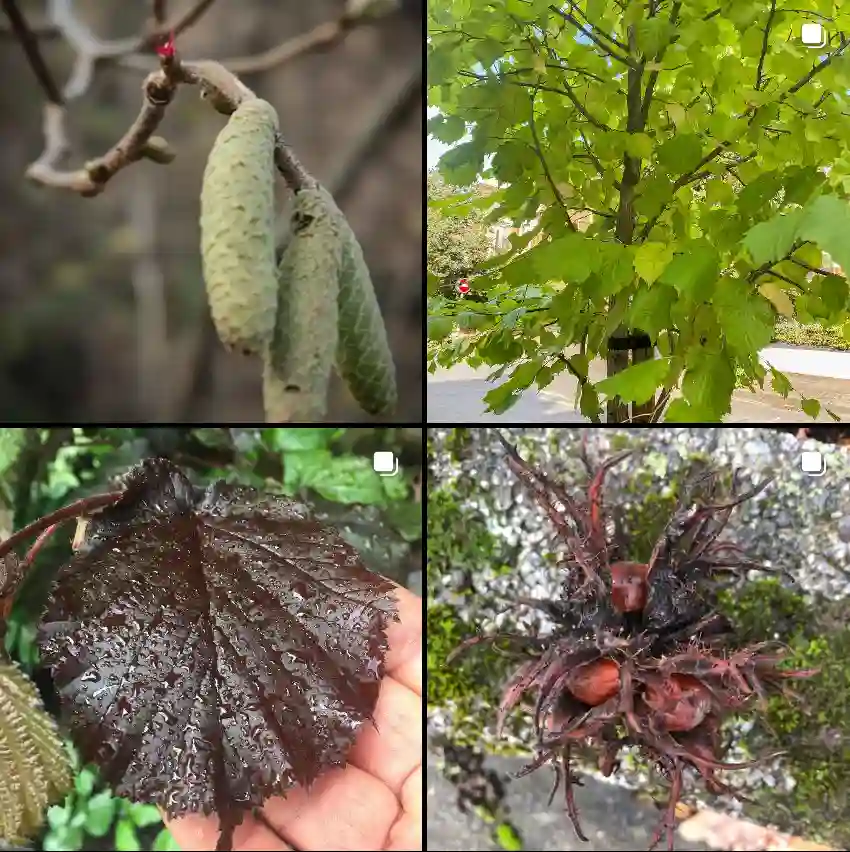
FAQs About Aglaonema Garnet Coltrane
As a passionate plant enthusiast, I’ve spent quite a bit of time with various species of Aglaonema, and the Aglaonema Garnet Coltrane is one that holds a special place in my heart. Its unique color patterns, ease of care, and ability to thrive indoors make it a go-to choice for anyone looking to add a splash of color to their space. In this article, I’ll answer some of the most frequently asked questions about this plant, providing insights from my personal experiences.
26 Species in Genus Aglaonema
What Is Aglaonema Garnet Coltrane?
Aglaonema Garnet Coltrane is a stunning variety of the Aglaonema family, known for its vibrant and striking foliage. The leaves are a deep green with prominent red veins, which can range from bright garnet to a soft pink hue depending on the light conditions. This variety, like other Aglaonemas, is native to the tropical regions of Southeast Asia, thriving in the warm, humid environments of rainforests.
One of the things I love about the Aglaonema Garnet Coltrane is its ability to add a bold pop of color to any room without needing constant attention. It’s a great plant for beginners and seasoned gardeners alike because it combines beauty with resilience.
How to Care for Aglaonema Garnet Coltrane?
Caring for an Aglaonema Garnet Coltrane is fairly straightforward, and that’s part of the reason why it’s become so popular in indoor gardening. Here’s a breakdown of the key care requirements based on my experience:
- Light: This plant thrives in low to medium indirect light, making it ideal for spaces that don’t get a lot of natural light. I’ve found that too much direct sunlight can scorch the leaves and dull their vibrant colors. It does well in offices or rooms with north-facing windows.
- Watering: I water my Aglaonema Garnet Coltrane once the top inch of soil feels dry to the touch. Overwatering can lead to root rot, which is a common issue with this plant, so be careful not to let it sit in soggy soil. On the flip side, don’t let the soil dry out completely for too long either—balance is key.
- Humidity: Aglaonemas love humidity, and the Garnet Coltrane is no exception. If you’re in a dry environment, a humidifier or regular misting will help keep the plant happy. In my experience, placing the plant in a naturally humid room, like a bathroom or kitchen, works wonders.
- Temperature: Keep your Aglaonema in a spot where temperatures range between 65°F to 80°F. It doesn’t handle cold drafts well, so avoid placing it near doors or windows that let in chilly air.
- Fertilizing: I fertilize my Garnet Coltrane every 4-6 weeks during the growing season (spring and summer) with a balanced, water-soluble fertilizer. This keeps it growing strong and encourages vibrant leaf color.
How to Propagate Aglaonema Garnet Coltrane?
Propagating Aglaonema Garnet Coltrane is a rewarding process and isn’t overly complicated. The most effective method, in my experience, is through division.
- Division Method: When repotting the plant, look for natural separations between the clumps of stems and roots. Gently separate these clumps, ensuring that each division has a healthy portion of roots attached. Plant each new division in its own pot with well-draining soil. Water lightly after planting and place the new plants in a warm, shaded spot until they establish themselves.
- Stem Cuttings: Another option is to take stem cuttings. Cut a healthy stem just below a leaf node and place it in water or soil. If you choose water, wait until roots are about an inch long before transferring to soil.
What to Plant with Aglaonema Garnet Coltrane?
When it comes to companion plants for Aglaonema Garnet Coltrane, I like to pair it with other low-light tolerant, humidity-loving plants. Here are a few of my favorites:
- Peace Lily: The Peace Lily shares similar care requirements with the Aglaonema Garnet Coltrane, particularly in terms of light and humidity. Their white blooms contrast beautifully with the red-veined leaves of the Garnet Coltrane.
- Snake Plant: The upright, architectural structure of the Snake Plant complements the fuller, bushier look of the Aglaonema. Plus, the Snake Plant is just as easygoing, making them perfect roommates.
- ZZ Plant: The ZZ Plant is another great companion. Like the Aglaonema, it thrives in low light and requires minimal care. I love the contrast between the ZZ Plant’s shiny dark green leaves and the vibrant hues of the Garnet Coltrane.
Common Issues with Aglaonema Garnet Coltrane
While the Aglaonema Garnet Coltrane is generally hardy, a few issues can arise. Here’s how I’ve dealt with them:
- Yellowing Leaves: If you notice yellowing leaves, this is usually a sign of overwatering. Make sure your plant isn’t sitting in water and that the soil is well-draining. Adjust your watering schedule accordingly.
- Brown Tips: Brown tips on the leaves are often caused by low humidity. Increasing humidity through misting or a humidifier should help resolve this issue.
- Pests: Aglaonema Garnet Coltrane can attract common houseplant pests like spider mites and mealybugs. I keep a close eye on my plants and treat any infestations with insecticidal soap or neem oil at the first sign of trouble.
Final Thoughts
The Aglaonema Garnet Coltrane is one of those plants that rewards you with beauty for minimal effort. Whether you’re new to houseplants or a seasoned collector, this plant is a joy to grow. It’s a low-maintenance option that still makes a bold statement, and with the right care, it will thrive for years. I’ve enjoyed every moment of having this stunning plant in my collection, and I’m sure you will too.
If i die, water my plants!



